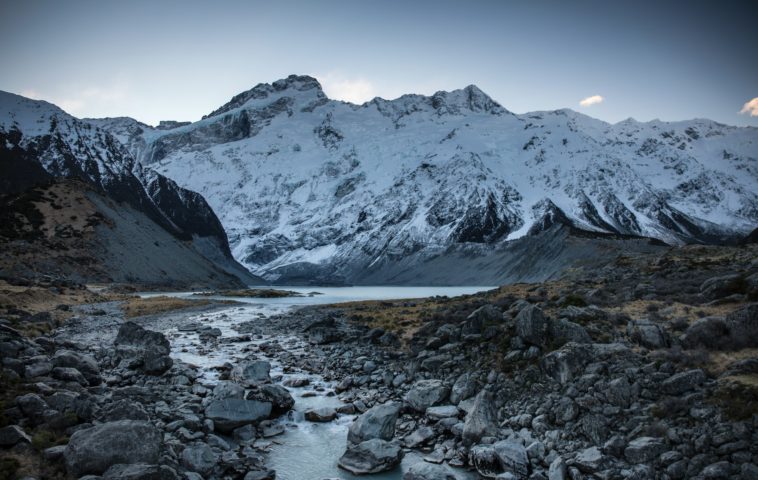Mount Tongariro, found in the North Island of New Zealand, functions as a compound volcano within the Taupo Volcanic Zone. Situated roughly 20 kilometers southwest of Lake Taupo, it is the northernmost among a set of three active volcanoes that prominently define the landscape of the central North Island.
Geographical Coordinates and Location
- Longitude: 175.6420° E
- Latitude: 39.1571° S
- Continent: Australasia
Geographical Features
Mount Tongariro is located in the Taupo Volcanic Zone, which ranks among the planet’s most volcanically active areas. This zone stretches for about 350 kilometers, extending from White Island in the north to Mount Ruapehu in the south. Mount Tongariro has a peak elevation of 1,978 meters or 6,490 feet above sea level. The volcano is part of the Tongariro National Park, which is also home to the active volcanoes Mount Ngauruhoe and Mount Ruapehu.
Climate
The climate in the vicinity of Mount Tongariro is temperate, exhibiting significant temperature variations across seasons. Snowfall occurs during winter, and the summer months bring generally mild temperatures. This makes the location popular for a broad range of outdoor activities throughout the year.
Population and Human Activities
The direct region around Mount Tongariro is primarily uninhabited due to its volcanic characteristics. However, the larger surrounding area contains various communities. The nearest towns, Turangi and National Park Village, serve as gateways for tourists who visit the Tongariro National Park, offering essential facilities.
Economy and GDP
Tourism stands out as the major economic driver in the area surrounding Mount Tongariro. While no specific GDP figure is attributed to the volcano itself, tourism contributed roughly NZD $40.9 billion to New Zealand’s overall GDP, according to 2019 statistics.
Official Language and Currency
- Official Languages: English, Te Reo Māori
- Currency: New Zealand Dollar (NZD)
Religion
In terms of religion, New Zealand is largely secular. Christianity is the most prevalent religion, followed by Hinduism, Buddhism, and Islam. The indigenous Māori people also maintain their unique spiritual beliefs, closely tied to the land and nature.
Geological Composition and History
Mount Tongariro is a compound volcano, characterized by multiple vent openings from which various forms of volcanic material have erupted over time. Its history traces back about 275,000 years and comprises layers of lava and tephra, which include volcanic ash and other fragments.
Recent Activities and Safety Measures
Mount Tongariro last erupted in 2012. This led to increased safety precautions and continuous monitoring by geological authorities. The volcanic alert levels range from 0 (indicating no volcanic activity) to 5 (indicating a major eruption), with Tongariro currently at level 1, signifying minor volcanic unrest.
Cultural and Mythological Significance
Mount Tongariro holds a revered place in Māori culture and mythology. Legends state that Tongariro and the adjacent Mount Taranaki were warriors competing for the affections of the beautiful mountain maiden Pihanga. Tongariro emerged victorious, forcing Taranaki to retreat to its present location.
Environmental Importance
Beyond its geological significance, Mount Tongariro also impacts the local ecosystem. The mountain’s unique conditions support a variety of endemic species, some of which are endangered or critically endangered.
Conclusion
Mount Tongariro is not merely a geographical landmark but a rich tapestry of history, culture, and natural phenomena. Its multifaceted attributes make it a crucial subject for both scientific inquiry and tourism. As a hub of natural beauty and cultural wealth, Mount Tongariro stands as a significant landmark in New Zealand’s North Island and a compelling element in the Australasian geographical landscape.





